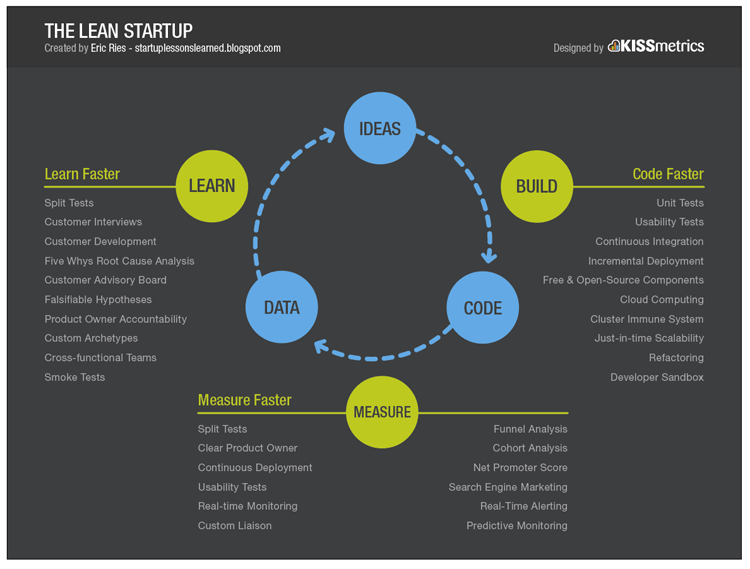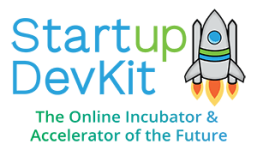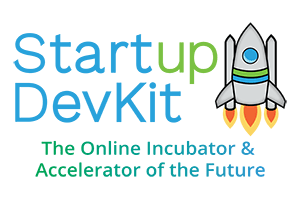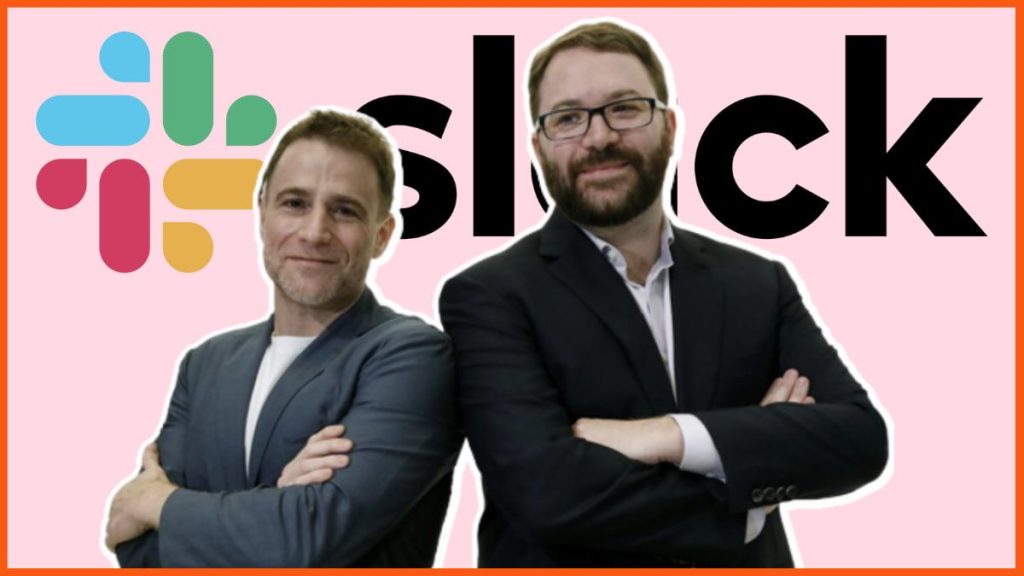Slack’s startup story is one of the most remarkable stories of a company that was nearly dead, successfully pivoted to find product-market fit, and ultimately became a unicorn.
Slack was founded in 2013 by Stewart Butterfield, Eric Costello, Cal Henderson, and Serguei Mourachov as an internal communication tool for their gaming company, Tiny Speck. However, their primary project, a game called Glitch, did not perform well in the market, and the company was on the verge of shutting down. Slack recently sold their company to Salesforce for $27.7 billion. That is QUITE the reversal. Learn Slack’s startup story and how they did it in this post.
Below, you’ll see how Slack transformed themselves from a failed gaming company into a unicorn and then we’ll share what steps they took to get there.
How Long Did it Take for Slack to Pivot from their Game, Glitch, to their Communication Tool?
The pivot from the game Glitch to the development of Slack as a communication tool occurred relatively quickly after the founders of Tiny Speck, the company behind Glitch, recognized the game’s limited success.
The decision to pivot to building a communication tool was made within a few months of realizing Glitch was not performing as expected. They had an open mind and were able to let go of their game, in the pursuit of startup success.
Glitch was officially launched in 2011, and it became clear to the Tiny Speck team that the game was not gaining the user base they had hoped for.
By late 2011, the decision to pivot toward the communication tool was already underway, and development on the new project began.
In August 2012, Stewart Butterfield, one of Slack’s co-founders, published a detailed blog post explaining the decision to pivot and announced the company’s new focus on building the communication tool that would become Slack.
So, the pivot from the game Glitch to the development of Slack as a communication tool took place in a relatively short timeframe, within a year or so of realizing the game’s limitations. This agile decision-making and growth hacking process and quick shift in focus played a crucial role in Slack’s eventual success as a communication and collaboration platform.
Slack’s Path to Profitability
Slack’s path to profitability took several years and the average successful startup takes 3-5 years for it to become profitable. So Slack becoming profitable by then was not uncommon. While it achieved rapid growth and garnered a large user base shortly after its launch, the company initially operated at a loss as it invested heavily in development and expansion. Profitability was not an immediate goal, and the company prioritized growth and market penetration.
Slack’s revenue model primarily relied on converting free users into paying customers, and it took some time to scale this part of their business. Additionally, they invested in building a robust enterprise offering to cater to larger organizations, which also required time and resources.
Slack went public in June 2019, and in the lead-up to their initial public offering (IPO), they reported growing revenues and an increasing number of paying customers. However, the company was not consistently profitable in the years leading up to their IPO.
It’s worth noting that many tech startups, especially those pursuing rapid growth, often operate at a loss in their early years as they invest in product development, marketing, and customer acquisition. Profitability becomes a more significant focus as they mature and seek to demonstrate a sustainable business model to investors and stakeholders.
Did Slack Get Investment?
Yes, Slack received venture capital investment during its early years. Although Slack started as a pivot from a failed gaming company, the founders raised funding to support the development and growth of the new communication platform.
One of the notable investments came from the venture capital firm Andreessen Horowitz, which invested in Slack during its early stages. This investment helped Slack secure the resources needed to further develop the product and build the initial user base.
Over time, as Slack gained traction and demonstrated its potential for success, it continued to raise additional rounds of funding. These investments allowed the company to scale its operations, expand its user base, and invest in marketing and product development.
While Slack did receive venture capital funding, it’s important to note that they ultimately achieved their financial success through a combination of funding and revenue generated from paying customers as they grew. Slack’s ability to generate significant user adoption and monetize its platform through paid subscriptions and enterprise offerings contributed to its status as a successful and valuable company.
1. Pivotal Decision to Pivot
When the founders of Tiny Speck realized that their game Glitch was not going to succeed, they made a critical decision to pivot. They recognized that the internal communication tool they had built for their gaming company was gaining significant traction among their team and it seemed they had reached product-market fit. This insight led them to shift their focus from gaming to this tool, which would eventually become Slack.

2. Lean Approach
The team adopted a lean startup approach, aiming to build a minimal viable product (MVP) quickly to test the market. They created a stripped-down version of what would become Slack and began testing it with a small group of users to gather feedback.

3. Iterative Development
Slack’s development was highly iterative. They released new features and updates frequently, responding to user feedback and needs. This approach allowed them to fine-tune the product as they went along and deliver value to their users in real-time. Because it’s a real-time communication tool, they were literally able to gather feedback from features and enhancements instantly.
4. Freemium Model
Slack adopted a freemium business model, offering a free version of the product that could be used by small teams and startups. This strategy enabled organic growth as users adopted the free version and then converted to paid plans as their organizations expanded. Freemium products are great for a product-led company, as it allows you to get users quickly.
5. Word of Mouth Marketing
Slack’s founders understood the power of word of mouth. They encouraged early users to recommend Slack to their colleagues, friends, and professional networks. This viral marketing strategy played a significant role in Slack’s rapid growth. When doing word of mouth marketing in densely packed geographic areas and in specific communities, and heavily at that, you will eventually start to achieve virality.
6. Community Building
Slack cultivated a strong community around its product. They created a community of users, developers, and enthusiasts who shared tips, best practices, and ideas via social media. This community engagement not only provided valuable feedback but also fostered loyalty.
7. Third-Party Integrations
Slack actively encouraged third-party developers to build integrations and apps for their platform. This strategy allowed Slack to create a rich ecosystem around its product, making it more versatile and appealing to businesses looking to streamline their workflows.
8. Enterprise Focus
While Slack initially gained popularity among startups and small businesses, it didn’t stop there. The company shifted its focus to larger enterprises and invested in features and security measures that met the stringent requirements of larger organizations. With an enterprise focus, it enables startup companies to get much larger sales at once, buoying finances.
9. User-Centric Design
Slack’s emphasis on user-centric design and ease of use was a critical factor in its success. The tool was designed to be intuitive, reducing the learning curve for users and ensuring that they could quickly incorporate it into their daily work.
10. Continuous Innovation
Slack didn’t rest on its laurels and practiced continuous innovation. They expanded their product offerings, introduced features like Slack Connect for external collaboration, and worked on improving the platform’s performance and security.
This transformation from a failing gaming company to a unicorn was the result of a combination of factors, including a keen understanding of user needs, a willingness to pivot, a strong community, and a relentless commitment to delivering value to their users. Slack’s success story is a testament to the resilience and adaptability that can lead to incredible entrepreneurial achievements.
Conclusion
If you find yourself in the position of having to pivot, remind yourself to cut yourself some slack, knowing that tons of other companies have pivoted and found astounding success. Your startup story can be like Slack’s startup story. You probably can do the same if you remain open minded to possibilities, get creative, innovative, and get feedback to continuously improve. However, if you have a new startup idea, you should be gathering enough feedback to guarantee that what you want to build is something that people actually want in the first place.




